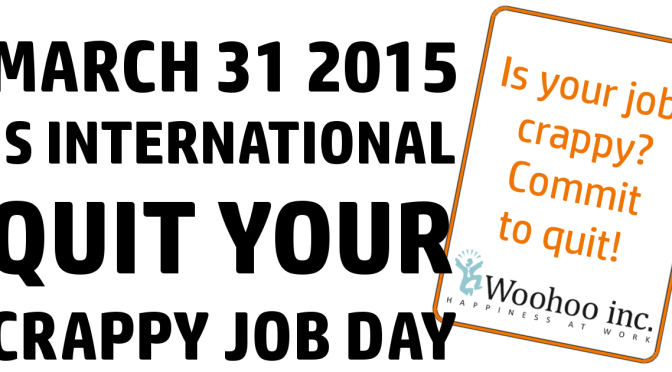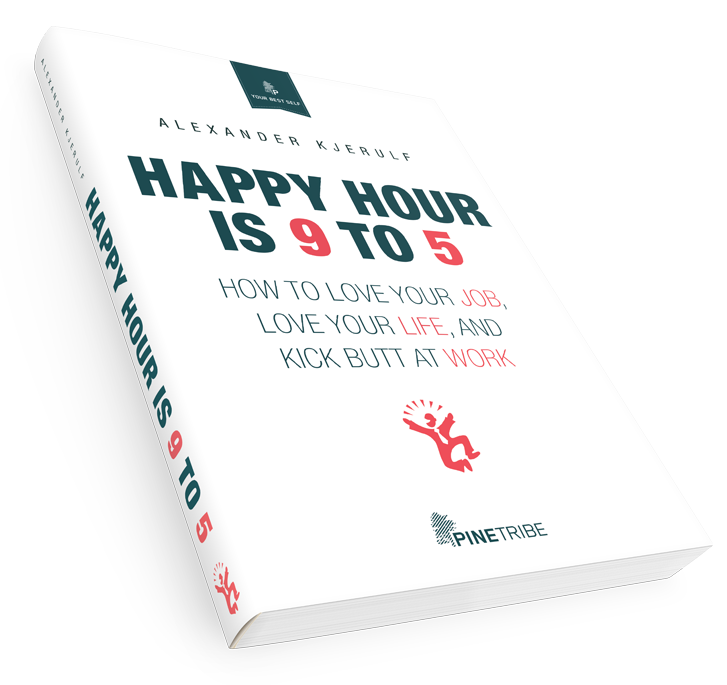If you feel like email is stressing you out, there might be something to it. A study conducted at the University of California found that giving people uninterrupted time where they weren’t dealing with email generally made them less stressed and better able to focus:
Without email, people multitasked less and had a longer task focus, as measured by a lower frequency of shifting between windows and a longer duration of time spent working in each computer window.
Further, we directly measured stress using wearable heart rate monitors and found that stress, as measured by heart rate variability, was lower without email.
This Fast Company article has a great overview of the findings. It’s a rather small study, so take it with a grain of salt, but it does support the sense that emails are a source of stress and distraction at work.
Don’t get me wrong – I’m not against email. It’s an awesome communication tool, but in many workplaces it is used poorly, and mostly the burden has been put on employees to figure out strategies for dealing with the resulting email onslaught.
I think it’s time for workplaces to take responsibility for this issue at a corporate level and fortunately, some workplaces have done just that and are trying new and better email policies.
Here are the 5 best we’ve found.
5: In France you can check out at 6pm
French trade unions recently negotiated a deal for some of their members, which:
…allows staff to shut down their phones and computers after 6 p.m. and not have to worry about checking in.
Part of the deal is that companies can’t pressure or make their employees feel bad about not checking or responding to their email either.
This is a good first approach to reduce the pressure to handle emails outside of working hours. While it can definitely help, it has the limitation that it puts full responsibility on employees to not check emails. Which is why I like the next one even better.
4: Email not delivered after hours at Volkswagen
VW made an agreement with the company’s work council to limit employees’ access to email on their Blackberry devices outside of working hours:
Under the arrangement servers stop routing emails 30 minutes after the end of employees’ shifts, and then start again 30 minutes before they return to work.
The staff can still use their devices to make calls and the rule does not apply to senior management.
I really like this idea. Now it’s not up to employees to not check emails in their free time, email is just not delivered.
3: Quiet Tuesdays at Intel
Intel tried an experiment where 300 engineers and managers went “offline” every Tuesday morning.
During these periods they had all set their email and IM clients to “offline”, forwarded their phones to voice mail, avoided setting up meetings, and isolated themselves from “visitors” by putting up a “Do not disturb” sign at their doorway.
The purpose was to see the effect of 4 hours of contiguous “thinking time”.
The experiment was a hit:
It has been successful in improving employee effectiveness, efficiency and quality of life for numerous employees in diverse job roles. 45% of post-pilot survey respondents had found it effective as is, and 71% recommended we consider extending it to other groups, possibly after applying some modifications.
However it’s telling that this experiment was conducted in 2008 and nothing’s changed inside Intel. It shows just how ingrained corporate attitudes to email are.
2: Email not delivered during vacation time at Daimler
One of the most insidious effects of email overload is that any longer stretches of time away from the office is punished immediately upon return, because your inbox will be full to overflowing. I haven’t seen any research on this, but I could easily imagine that this would subconsciously discourage people from taking vacations or at the very least increase stress around any time off.
And that’s why this policy from Daimler is so awesome:
The car and truck maker has implemented a new program that allows employees to set their email software to automatically delete incoming emails while they are on vacation.
When an email is sent, the program, which is called “Mail on Holiday,” issues a reply to the sender that the person is out of the office and that the email will be deleted, while also offering the contact information of another employee for pressing matters.
So you can go on vacation knowing that when you come back your inbox will contain the same number of emails as when you left.
1: No internal emails at Menlo Innovations (and many others)
US software company Menlo Innovations have ditched internal emails in favor of what they call “High-speed voice-activated technology.” Yes, if you want some information from a coworker, you’ll have to actually talk to that person.
Several other companies have done something similar. Typically, employees can still receive emails from external sources like clients and vendors but there is no way to email colleagues.
This makes a lot of sense considering all the great tools that can replace emails in many cases. We use Podio internally and it has seriously cut down on the number of internal emails we need to send. Others use Yammer or chat or even facebook.
Update: Markus Schröter alerted me to another cool email policy:
from now on, each Ferrari employee will only be able to send the same email to three people in-house.
The upshot
Email can be awesome. It can suck. It’s time for workplaces to create policies that address some of the problems and reduce the stress.
Your take
What’s your take on this? How is email affecting you? Which of the policies above would you like to see implemented in your workplaces? Know of any other great corporate email policies?
Related posts










 My book
My book 

